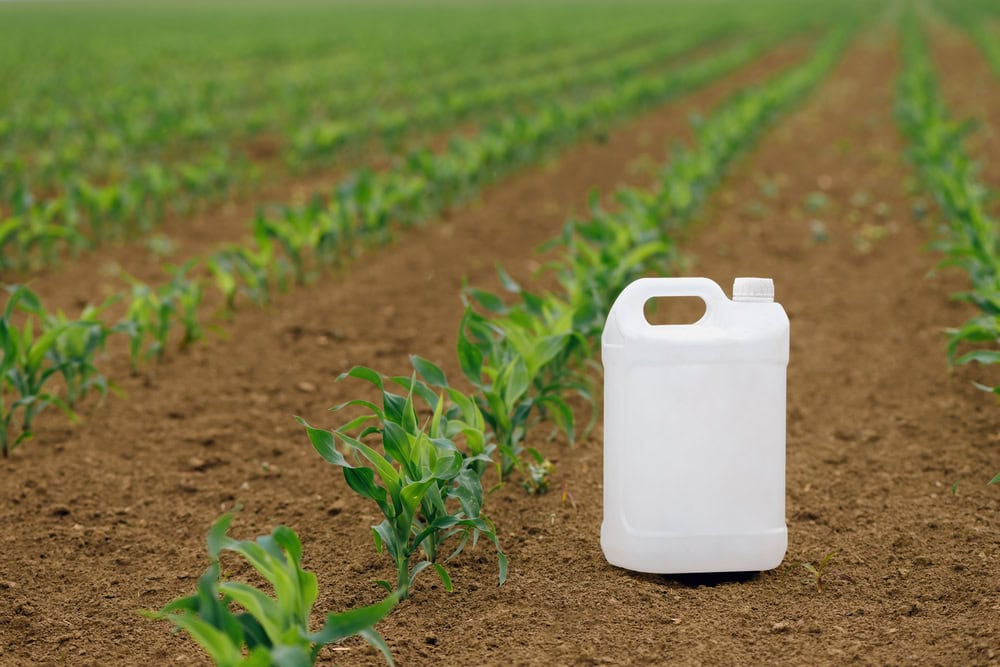Proven reduction in risks from the use of plant protection products
The Federal Council has approved the interim report on the implementation of the "Plant protection products action plan". The initial assessment is positive. The measures taken by the agricultural sector have reduced the risks to the environment. However, the results also show that plant protection is becoming an ever greater challenge due to the withdrawal of various active substances.

In 2017, the Federal Council adopted an action plan to reduce the risks associated with the use of plant protection products. The plan defines targets and corresponding measures with which these can be achieved by 2027. It also contributes to the 2021 target set by Parliament to reduce the risks from the use of plant protection products (PPPs) by 50 percent.
The action plan must reduce the risks posed by PPPs to surface water, groundwater and near-natural habitats such as biotopes. The risk of groundwater pollution has already been reduced by 50 percent. There has also been a positive trend in surface waters thanks to the clean-up of washing areas and the reduced use of certain insecticides. The trend towards risk reduction is still less pronounced in near-natural habitats. However, with the additional measures introduced in 2023, such as the reduction of drift and restrictions on the use of certain active substances, the statutory targets should be achieved by 2027.
Of the other targets set out in the action plan, eight have already been achieved or are expected to be achieved by 2027. For example, the sale of PPPs with particular risk potential has been reduced by over 40 percent since 2015. Three other targets in the action plan are only expected to be partially achieved by 2027.
However, the withdrawal of several active substances, including some particularly critical ones such as fipronil, which was previously used to control wireworm in potato production, has created major gaps in plant protection. As a result, protection has become very challenging. With the increasing burden of new pests, the situation is likely to get worse. Justifiable and effective alternatives are needed to ensure adequate protection of crops and thus the production of healthy food, while at the same time protecting the environment.
Source: www.blw.admin.ch









